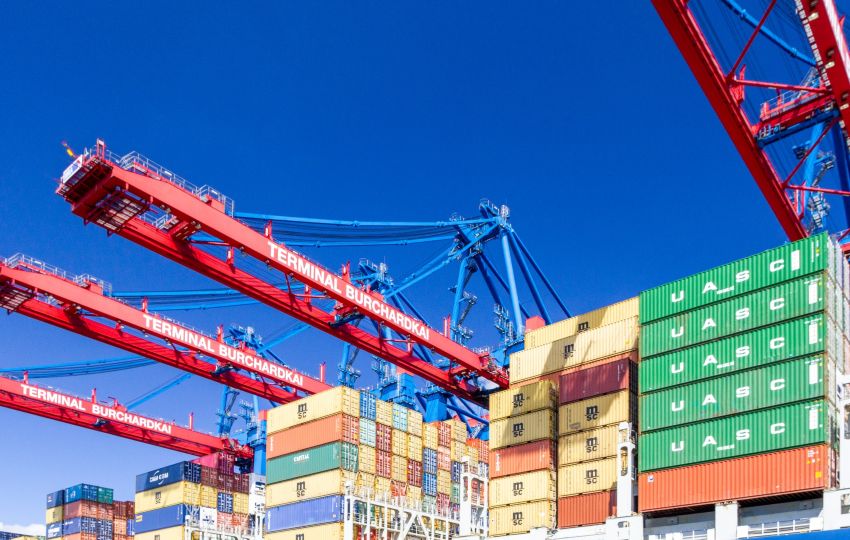The COVID-19 pandemic served as a big test for supply chain management (SCM).
It may have started in Wuhan, China, but the world felt its ripple effect with a great disruption in global supply chains. From this becomes evident the degree of globalization of international markets and the world’s interdependence. Furthermore, it exposed the weaknesses of supply chain management and highlighted the need for fundamental changes.
Unfortunately, the delicate nature of truly global and modern supply chains make them more vulnerable to risks.
This article will discuss the impact of COVID-19 on supply chains. Then, it will highlight the necessary changes to SCM to mitigate the consequences of such a disruption.
COVID-19 – The black swan of 2020
A black swan event is a major disruption in supply chain management that is impossible to predict. Exactly what happened with the coronavirus pandemic in 2020.
Generally speaking, are known beforehand, and companies are trying to make their supply chains more resilient.
However, in the event of a black swan like COVID-19, it is almost impossible to prepare for such a large scale disturbance.
As long as China is the “factory of the world” and we overly depends on its production and transport of goods, it will remain a point of weakness for the whole system.
The emergence of the coronavirus led to local quarantines to contain the spread, and in turn to shut-downs of whole factories and production lines. As a result, production halted, and orders fell behind.
The lack of goods and the simultaneous banning of people’s movement led to the supply chain management disruption that we can still feel today.
Ways to mitigate the impact on supply chain management
The black sawn pandemic affected the vast majority of businesses worldwide with disruptions in their supply chains. 2020 was the year that a lot of businesses understood the need to revisit their global supply chain strategy.
Diversify
Geographic diversification of supply chains is an effective business continuity strategy. Having more than one supplier from different countries and regions can save you from supply-side risks.
Build Inventory
Companies following a lean strategy in their inventory management were the ones that struggled the most. Supply chain disruptions led to item shortages letting them unable to operate. Therefore, in these times of uncertainty, it is best to follow an inventory strategy rather than constantly relying on supply chains.
Adopt Technology
Thankfully businesses nowadays have a big range of technological solutions for pretty much all their needs. Of course, a sector as important as supply chain management should have its fair share of available technologies. In fact, supply chain management is going increasingly digital and businesses should follow the trend. SCM technologies allow for better monitoring and clearer visibility into the depth of supply chains. This real-time increased information allows businesses to for supply chain disruptions and alleviate risk.
Conclusion
This pandemic brought created a lot of uncertainty and frustration in global supply chains. Companies that were well adjusted for risk mitigation were the ones more adjusted to deal with the situation. The pandemic reminded managers and businesses leaders that they need to become more agile in their supply chains. The world needs to further fortify fragile supply chain management for better risk mitigation.

